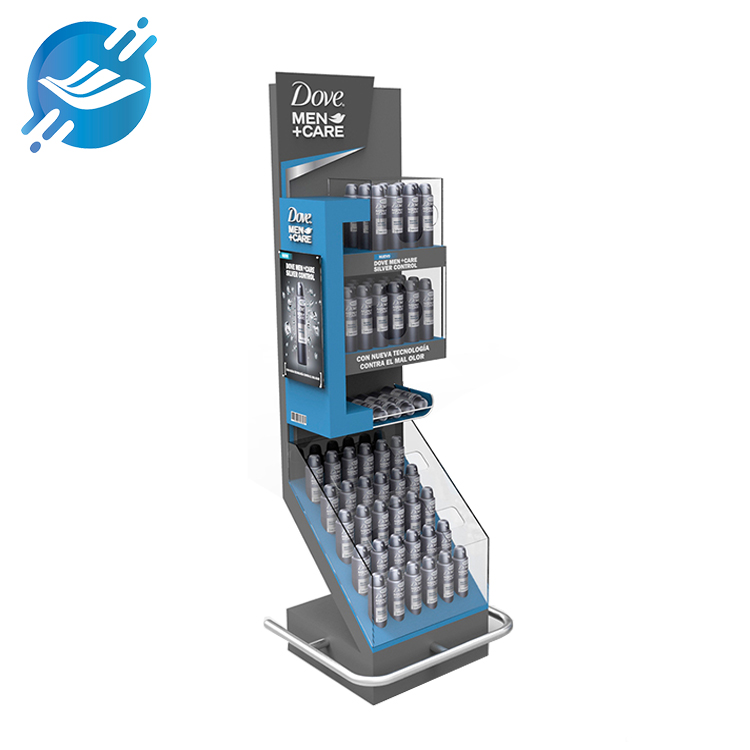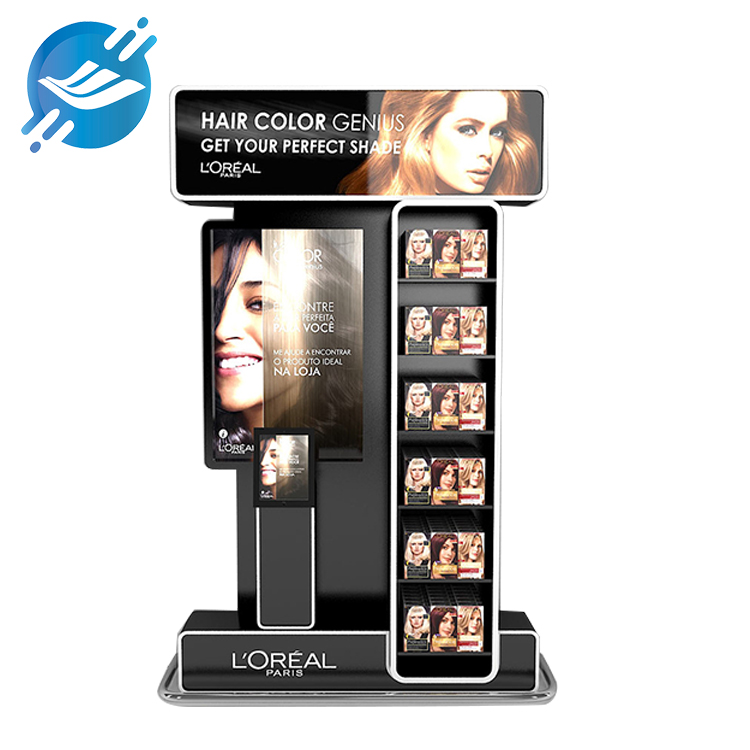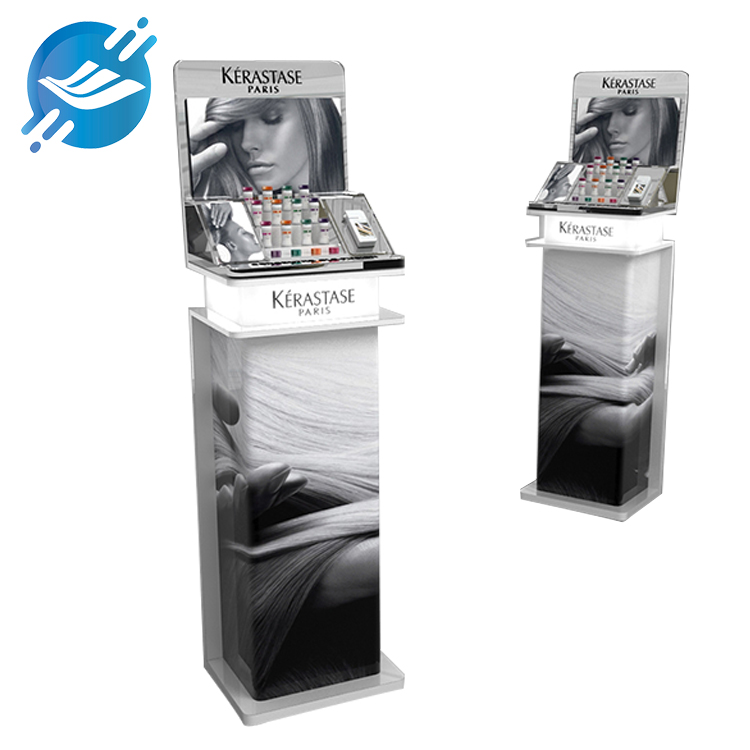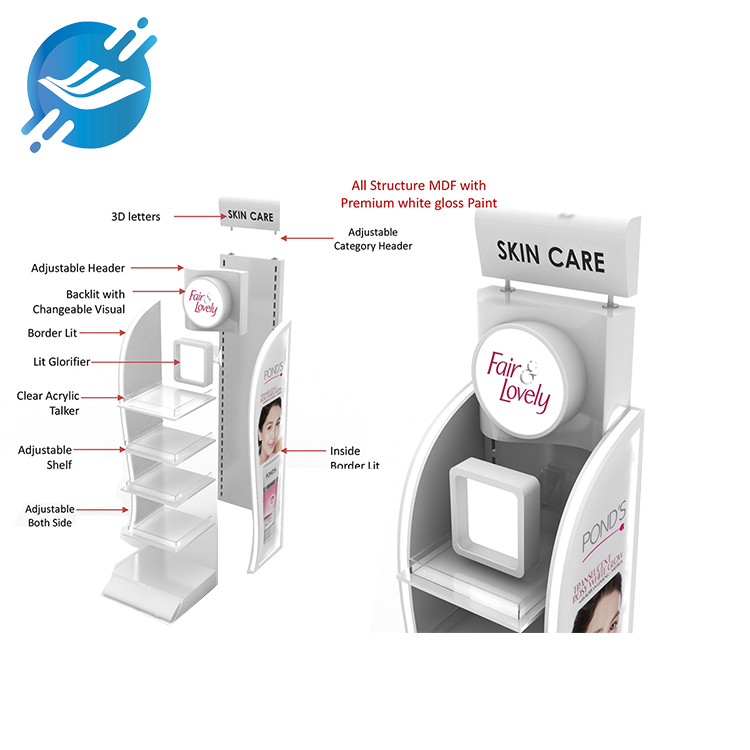5 Ways to Reduce the Cost of POP Display Stands
Almost all the retailers and brand manufacturers we work with are facing budgetary pressures related to sourcing POP displays and store displays. While we believe that POP displays should be viewed as an investment rather than a cost, this belief does not change the reality that budgets are tight and everyone is looking for the most bang for their buck. Here are 5 ways we can reduce the cost of your next POP display project:
Method One: Plan Ahead
The longer the lead time, the more you can reduce the cost of the display stand. It’s not a matter of avoiding expedited fees, but lead times impact the purchasing process, as more time allows you to identify the best sources. Usually, if you have the time, producing POP display stands domestically is one of the best ways to save money. For many types of display racks, the domestic price of materials and processing costs has a natural advantage, and you can save 30%-40%. Allowing more time also allows manufacturers to optimize the production process, saving you money.
Method 2: Increase the quantity
The relationship between price and quantity is well known in the POP display industry, but the economics behind this relationship are real. Larger quantities enable manufacturers to: (1) obtain better raw material prices; (2) amortize tooling costs over larger quantities of equipment; (3) reduce setup time per equipment; (4) create more Efficient production process. Additionally, most manufacturers are willing to accept lower margins for larger projects. All these factors help reduce the unit cost for customers to place display orders. Therefore, it’s important to consider the trade-off between lower display costs and the cost of retaining extra units for a longer period of time.
Method 3: Choose the most appropriate material
Discuss your material options with the POP display manufacturer. If you’re looking for a metal display stand, you can save money by using wire shelves instead of sheet metal. Generally, the thicker and heavier the material, the more expensive the display will be. If you are considering sheet metal shelving versus perforated ones, consider that the perforating process represents an extra step in the manufacturing process and is therefore more expensive. Likewise, chrome finishes are more expensive than powder coating finishes, primarily because chrome plating involves a more complex process and more environmental regulations. If you’re interested in wood displays, wood composites such as MDF (medium density fiberboard) are often less expensive than solid wood materials.
Method Four: Consider Material Consumption
Material consumption is a very important cost factor. Typically, the yield of the material comes into play when considering materials that come in sheet form such as wood, acrylic, sheet metal, and PVC sheet. During the design phase of your POP display project, try to specify dimensions for optimal material consumption. In the US and worldwide, most standard paper sizes are 4′x8′. So, for each component of your display stand, try to figure out which size you can get the most pieces from a 4′x8′ sheet. Another way to look at it is how to minimize paper waste? For example, if your floor fixtures have shelves, consider making them 23.75″ x 11.75″ instead of 26″ x 13″. In the first case, you can get 16 racks per sheet, while in the second case, you can only get 9 racks per sheet. The net effect of this difference in yield is that your shelf will be over 75% more expensive in the second case due to the sub-quality.
Method 5: Choose a display rack with detachable design
A modular design can help lower the cost of your display compared to a fully welded or fully assembled design. The main advantage of the combined design is to reduce the transportation cost, which includes not only the sea transportation cost when manufacturing POP displays abroad, but also the domestic transportation cost. The clever modular design also allows parts to be nested in less space. For example, if your display has multiple baskets, the front and sides of the baskets may be slightly angled to allow the baskets to nest. Proper modular design can often result in a box that is half the size of a fully welded or fully assembled box. In addition to reducing shipping costs, modular displays can also reduce the cost of damage that may occur during shipping. Many fully assembled units are easily damaged unless shipped on pallets, which can result in higher shipping costs relative to parcel shipping.
Post time: Aug-04-2023





